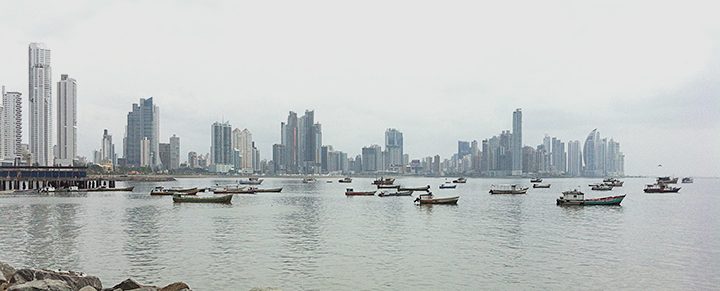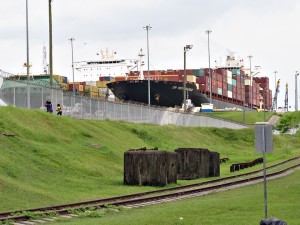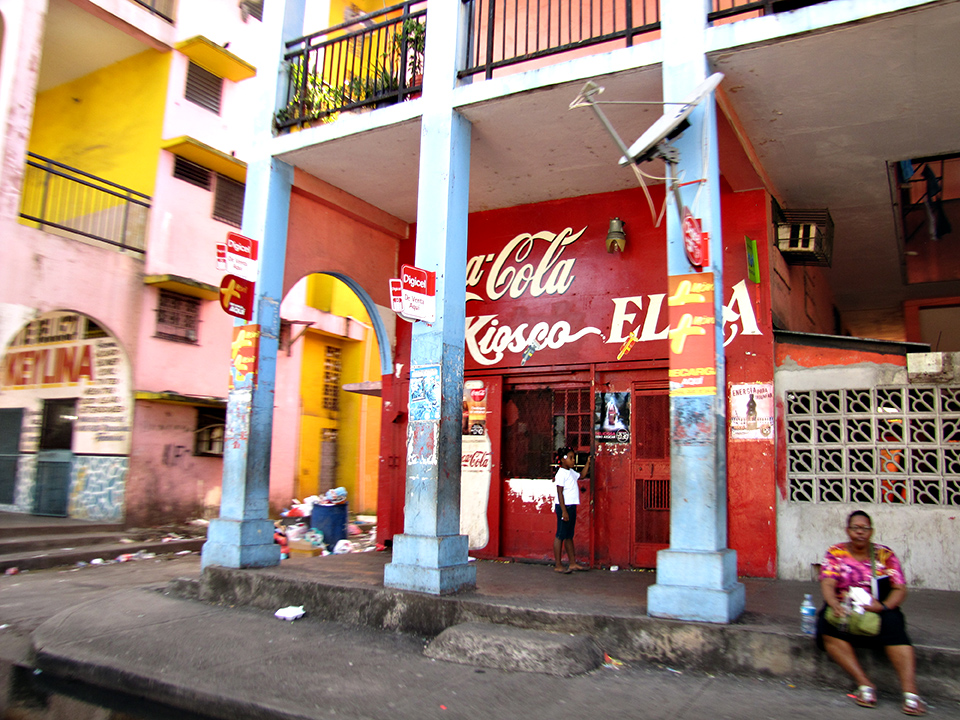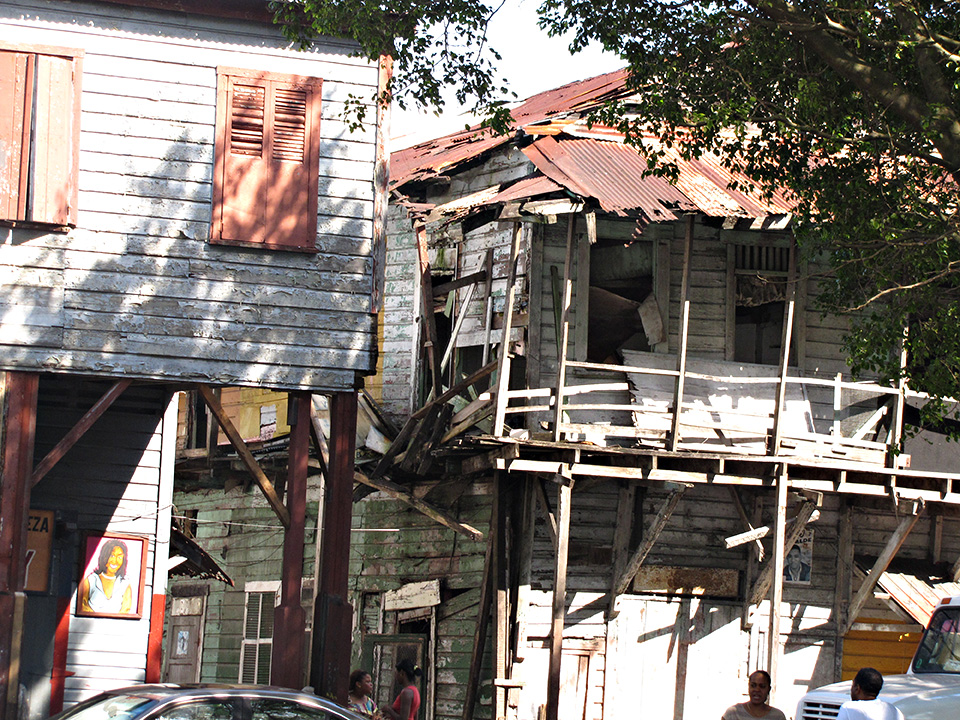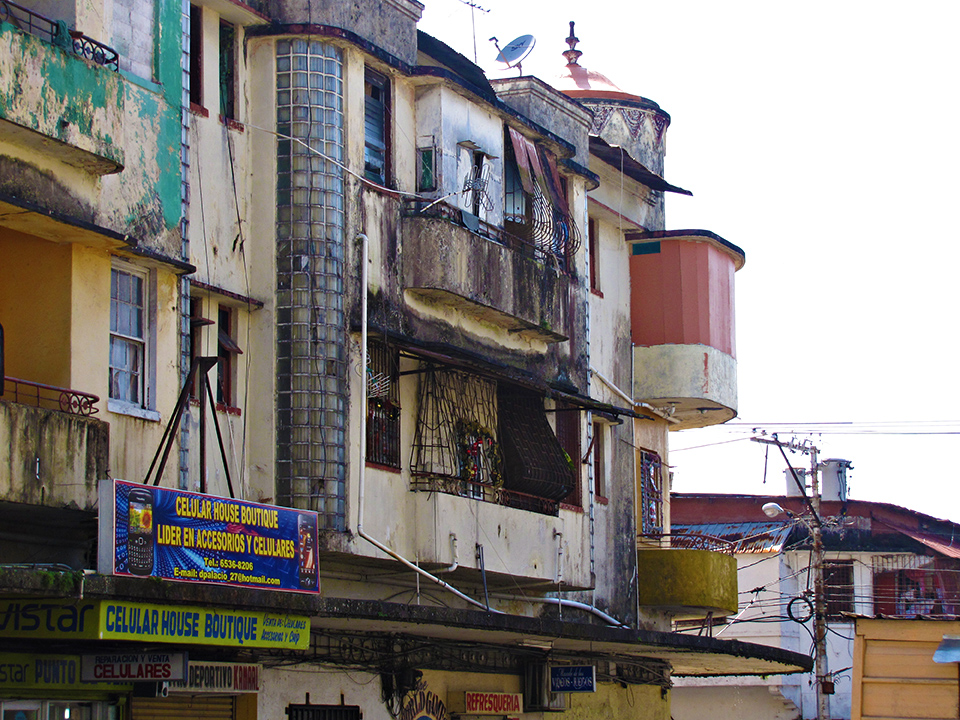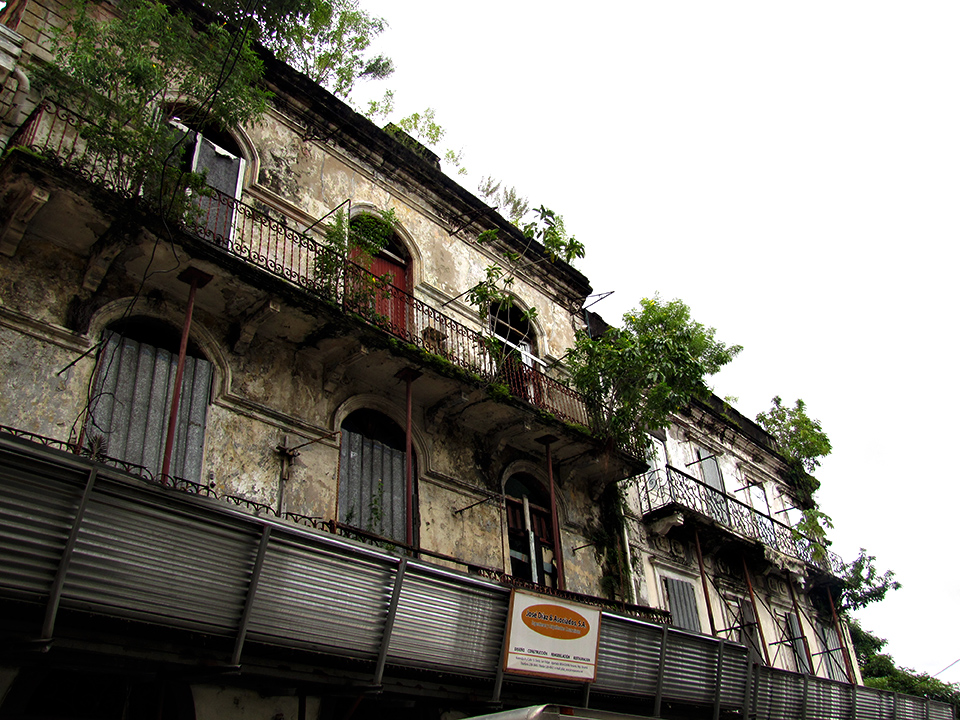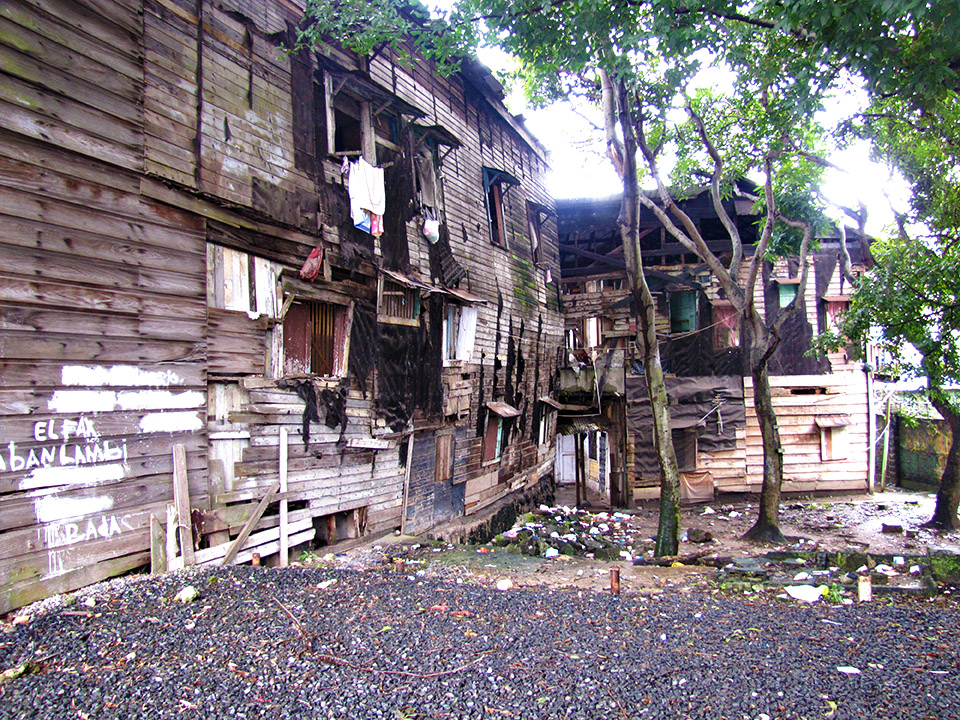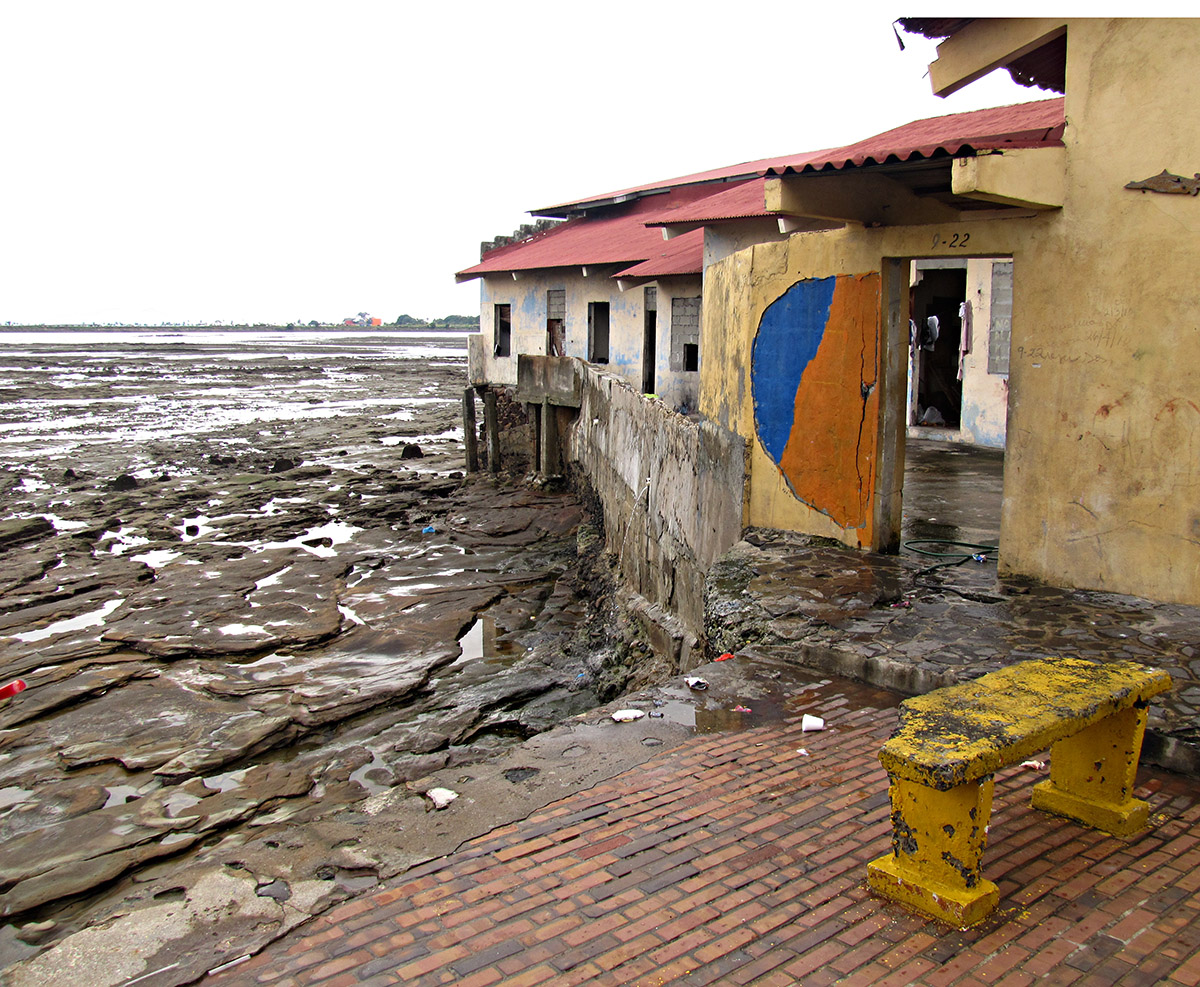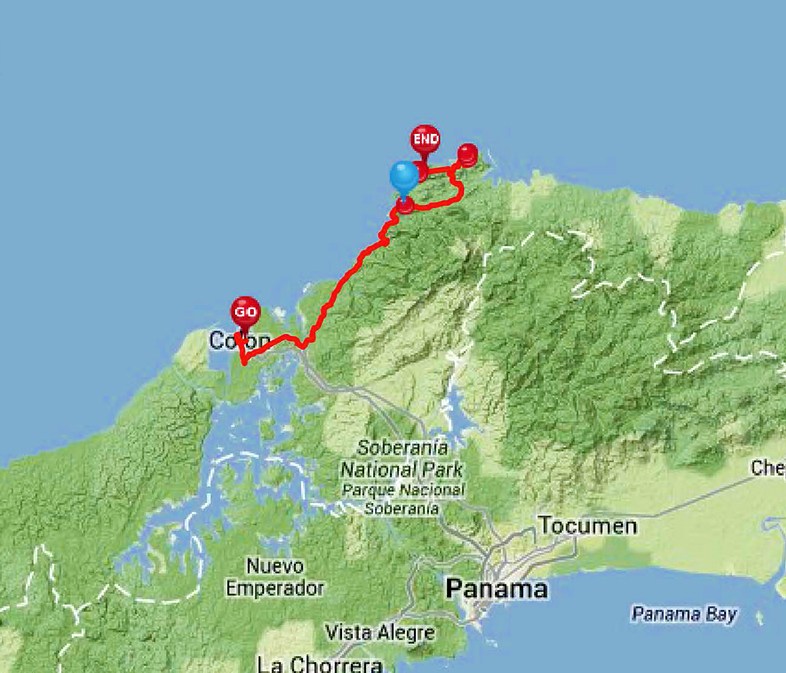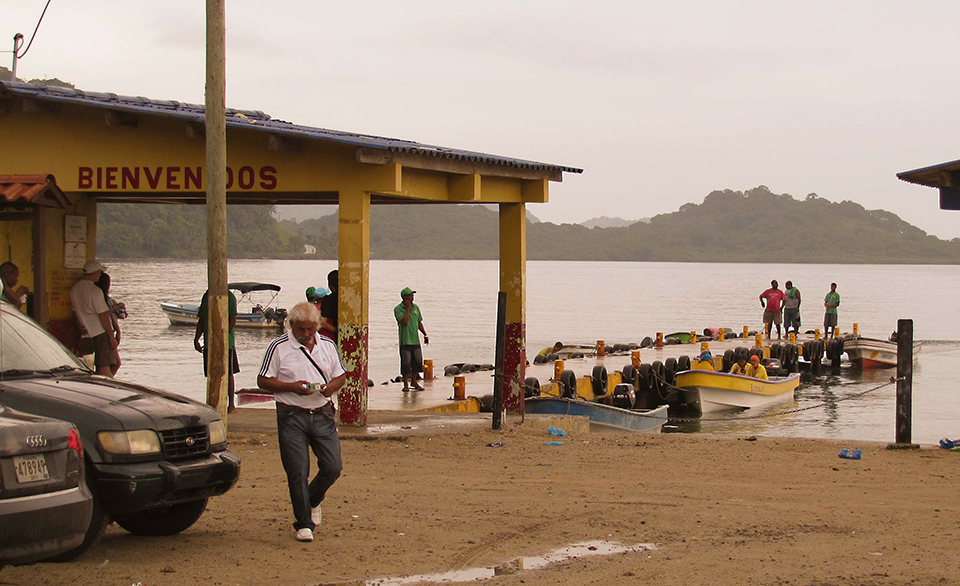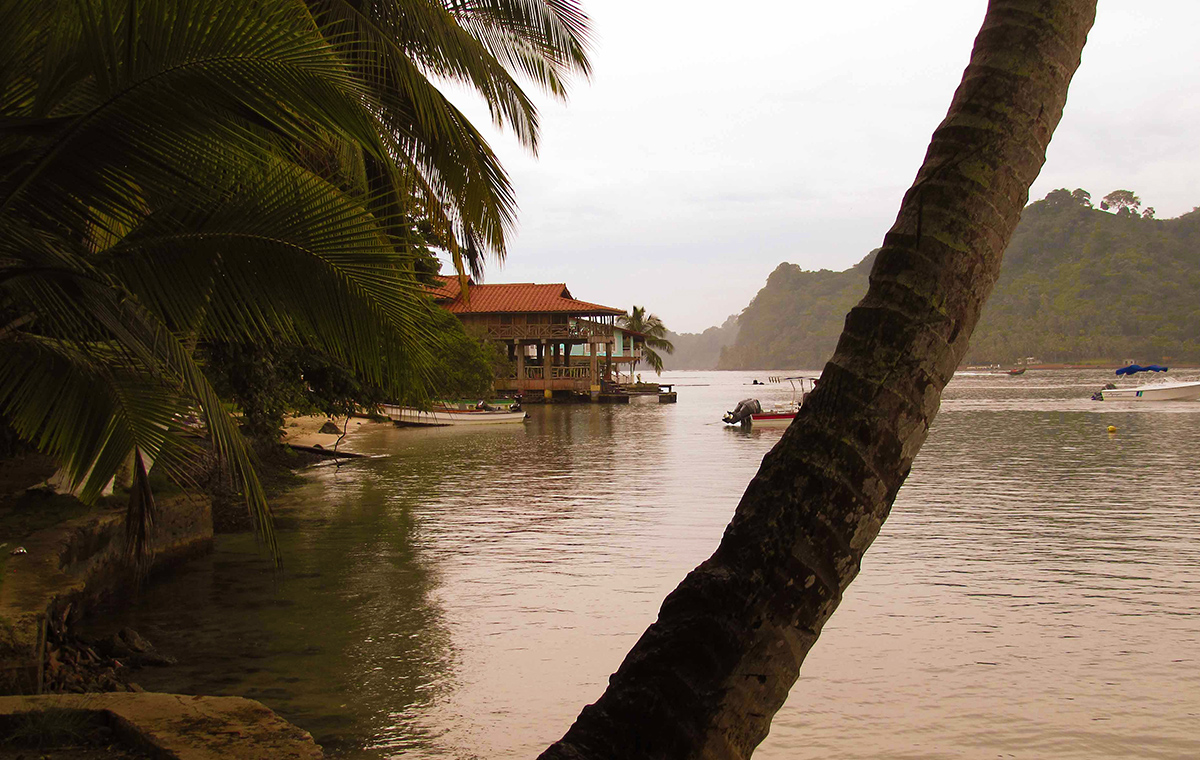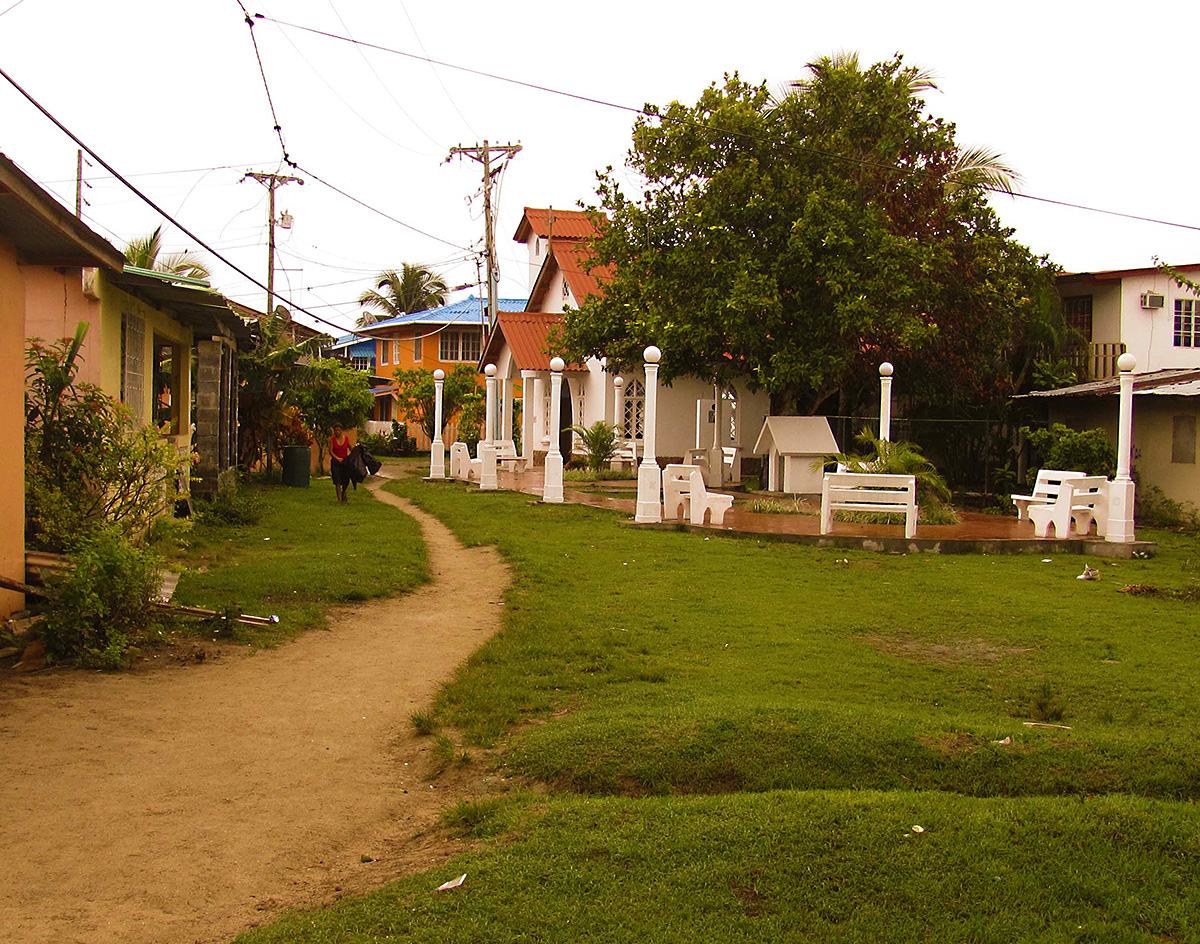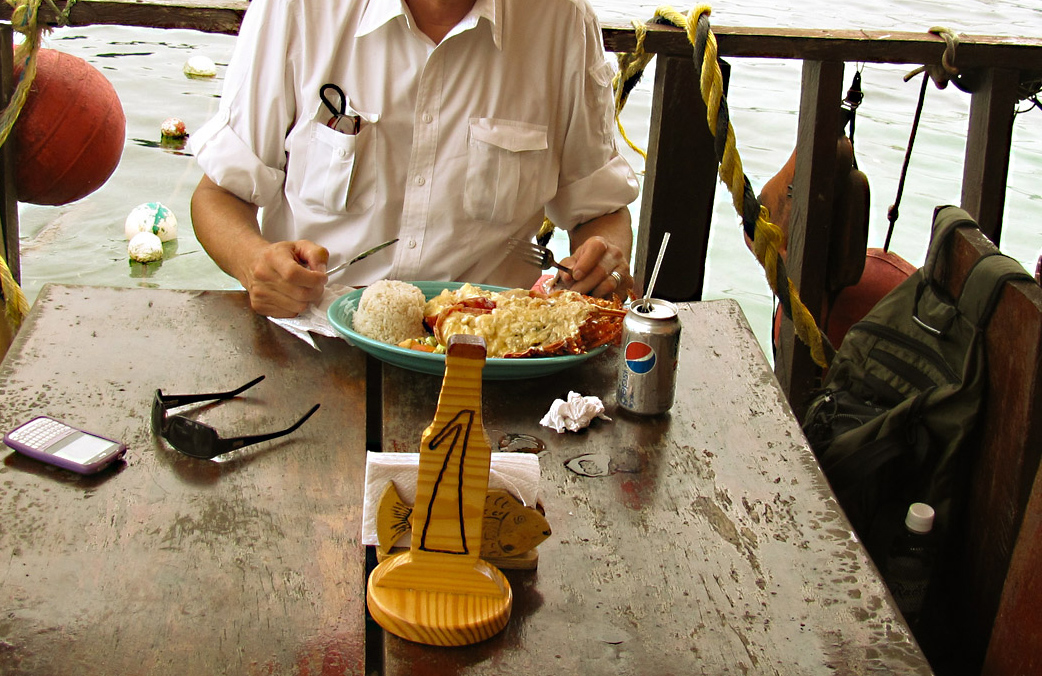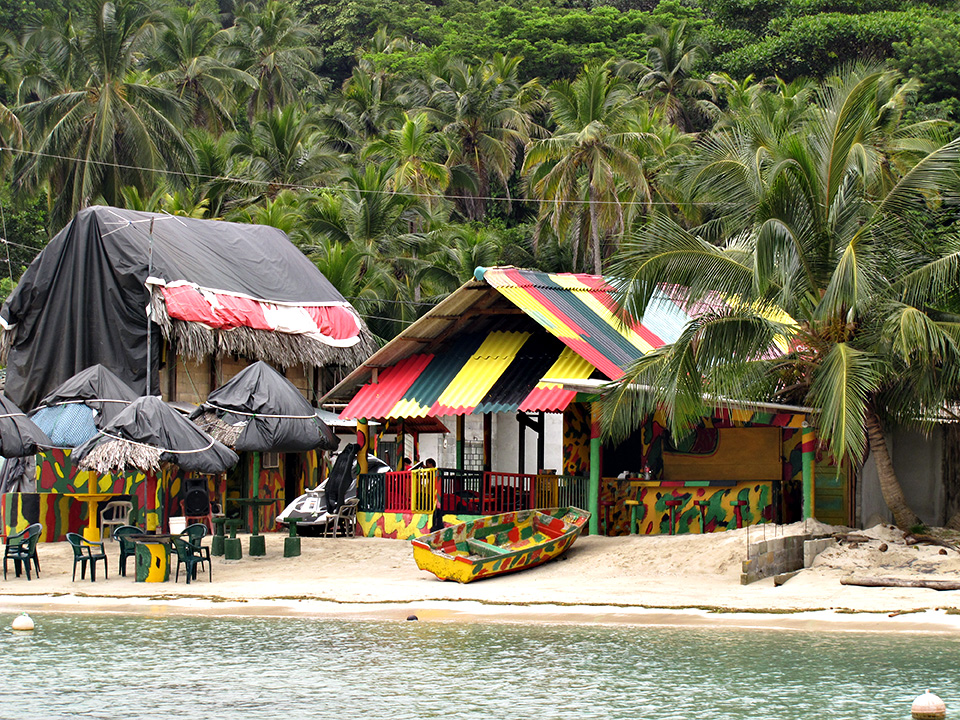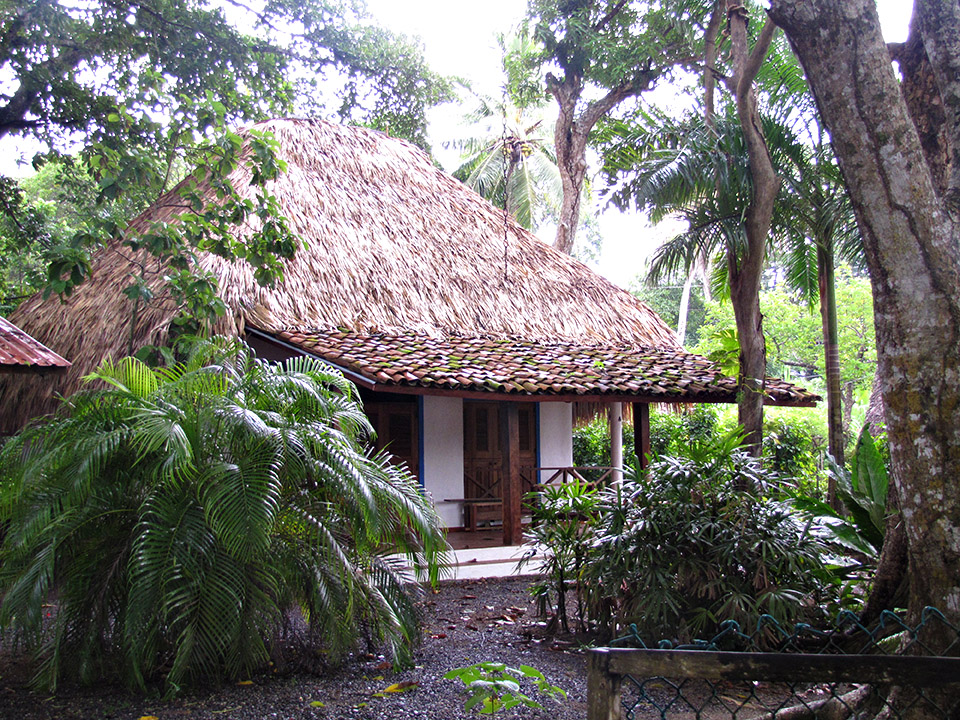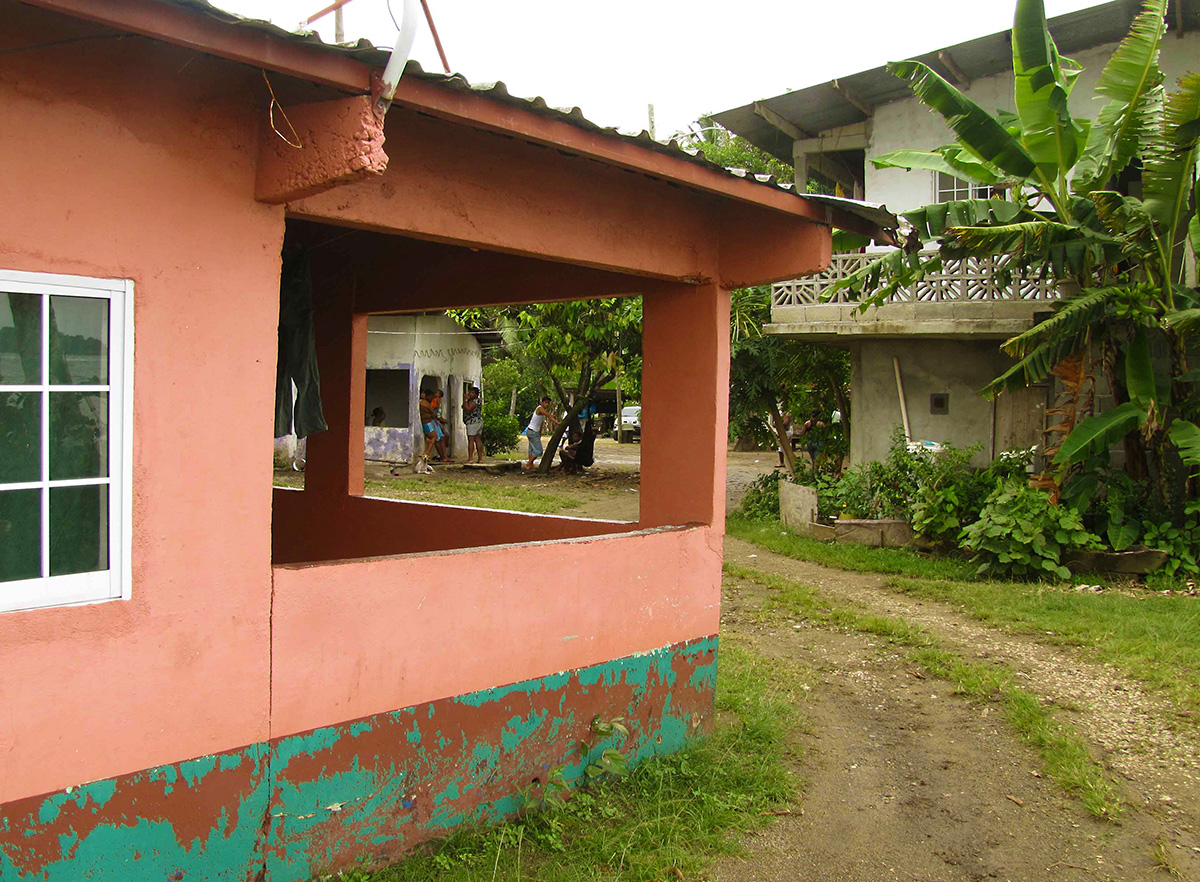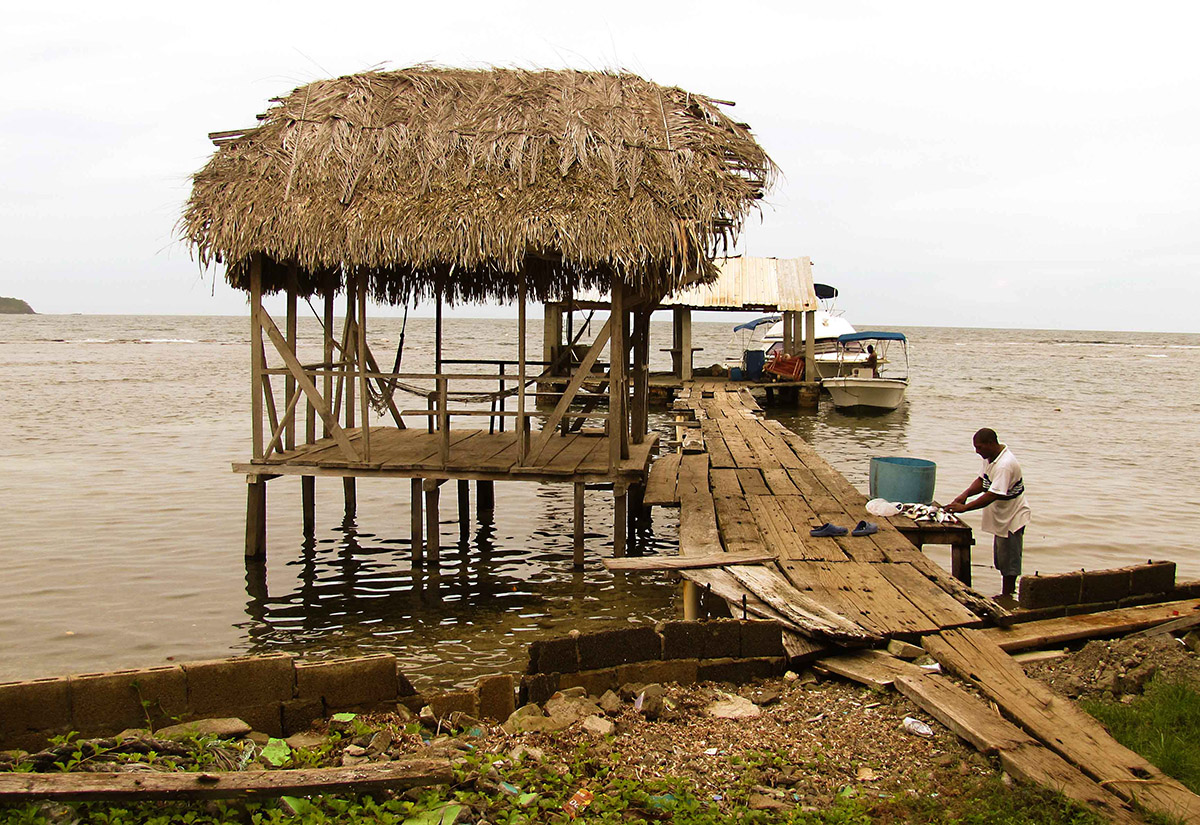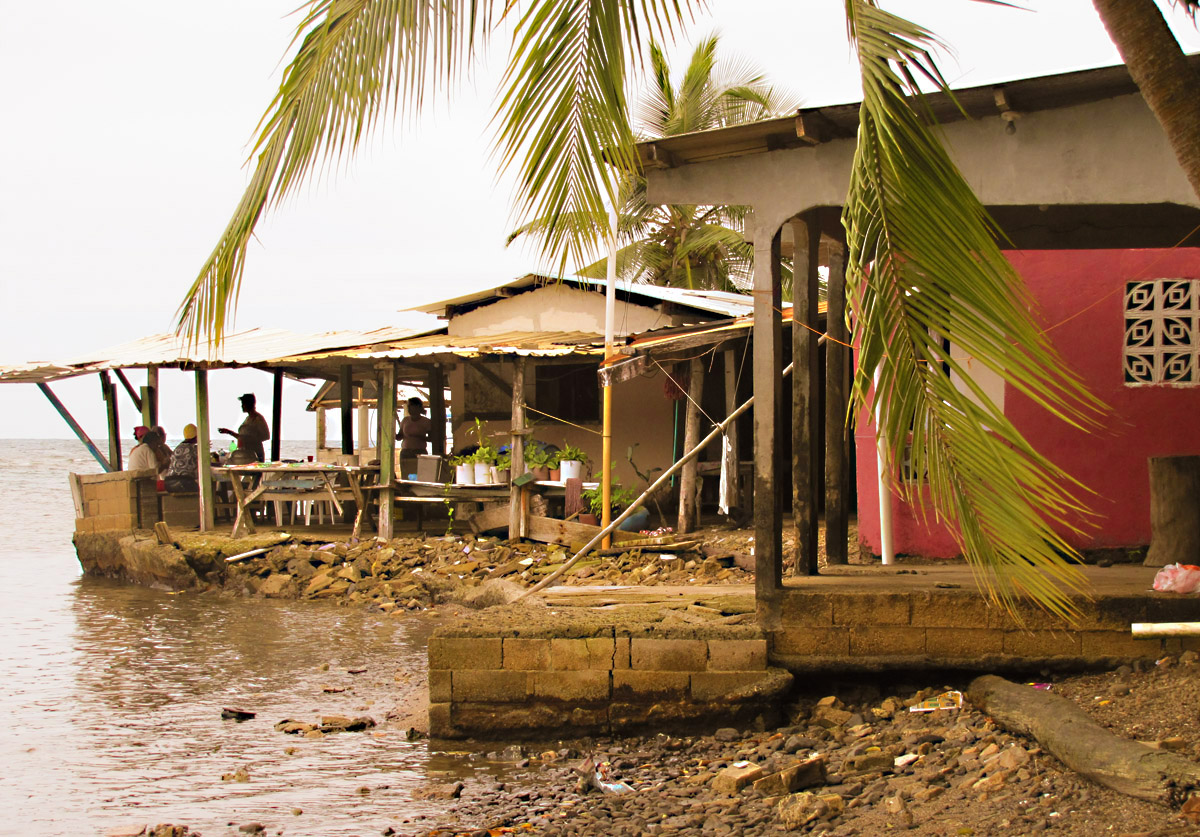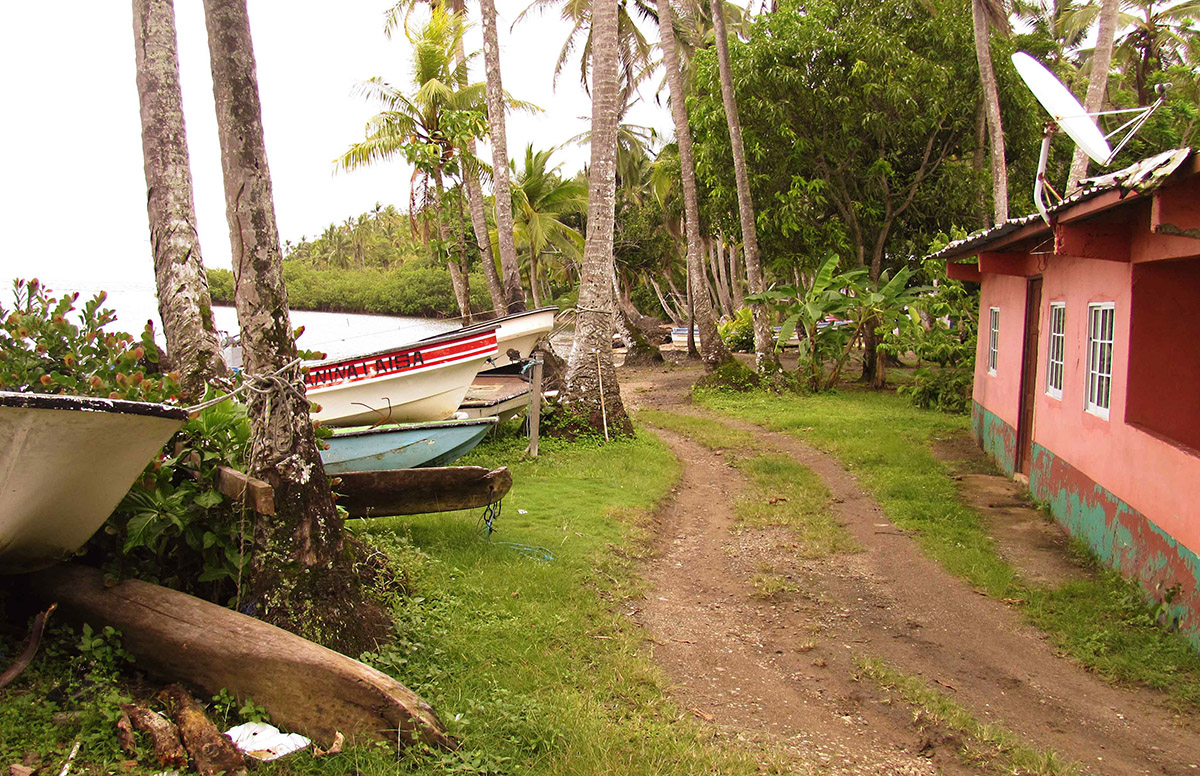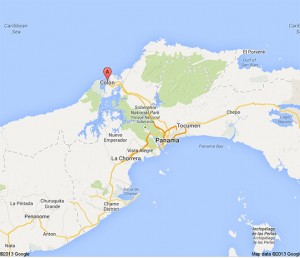 My journeys through Central America ironically began in Panama City (on the southern coast of Panama abutting the Pacific Ocean and ended nearly a year later in Colon (on the northern coast on the Caribbean Sea. For the tourist, transitioning the Panama Canal is on many folks bucket list. Panama City is a modern city with a forest of modern high rise buildings and condominiums supposedly supported by foreigners (primarily Columbian). Panama is also considered the financial center of Central America.
My journeys through Central America ironically began in Panama City (on the southern coast of Panama abutting the Pacific Ocean and ended nearly a year later in Colon (on the northern coast on the Caribbean Sea. For the tourist, transitioning the Panama Canal is on many folks bucket list. Panama City is a modern city with a forest of modern high rise buildings and condominiums supposedly supported by foreigners (primarily Columbian). Panama is also considered the financial center of Central America.
Pictured here are the high rises of Panama City.
Large vessels transition the canal in a steady stream. It is truly amazing to see how effortlessly those huge ships can be raised through one lock to another until it is raised some 90 feet hence along the lake to the opposite side where the process is reversed lowering the vessel back to sea level.
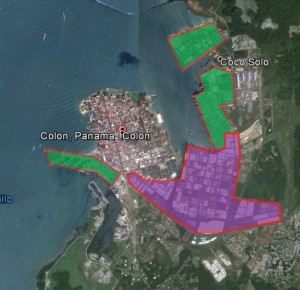 Colon, at the Caribbean terminus of the canal is home to one of the largest free trade zone in the world serving Central and South America. The massive zone is shown in blue. Also shown in green are the various container ports serving primarily the free trade zone. These ports also receive containers that are loaded on container vessels or loaded on rail cars for the overland transport to Panama City for on forwarding to Asian destinations. The reverse holds true for Asian originated containers off loaded in Panama City and shuttled to the trade zone on rail cars.
Colon, at the Caribbean terminus of the canal is home to one of the largest free trade zone in the world serving Central and South America. The massive zone is shown in blue. Also shown in green are the various container ports serving primarily the free trade zone. These ports also receive containers that are loaded on container vessels or loaded on rail cars for the overland transport to Panama City for on forwarding to Asian destinations. The reverse holds true for Asian originated containers off loaded in Panama City and shuttled to the trade zone on rail cars.
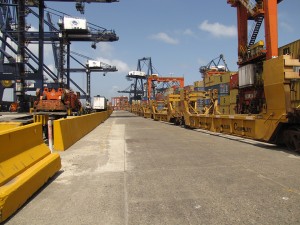 The transportation structure is as sophisticated as any that can be found in the world. Pictured here is an on-dock container facility in Colon where shuttle between rail cars and vessels is minimized. For all the economic activity and financial strength, there is the ugly side. Colon, once the “Paris of the Caribbean” has become a waste hole. Folks that I worked with explain the transition as follows: During the construction of the Panama Canal, the US imported workers from Jamaica. Upon completion, the workers were given a life pension. With no work, the children lived with their parents. And that second generation had children, who, with the lack of work, also lived with the grandparents. Then the first generation died, leaving the second and third generation without a source of income. As the free trade zone grew, operators claimed the Colon inhabitants didn’t want to work. The locals claimed the free trade zone didn’t want to pay a sustainable wage, so they opted for immigrants from Panama City. So unemployment is rampant. Residents don’t pay rent. Landlords have walked away from their buildings. Utilities have been cut off and the city is being reduced to rubble. It is not safe to wonder the streets – during the day or at night. The following are examples of the condition of the city.
The transportation structure is as sophisticated as any that can be found in the world. Pictured here is an on-dock container facility in Colon where shuttle between rail cars and vessels is minimized. For all the economic activity and financial strength, there is the ugly side. Colon, once the “Paris of the Caribbean” has become a waste hole. Folks that I worked with explain the transition as follows: During the construction of the Panama Canal, the US imported workers from Jamaica. Upon completion, the workers were given a life pension. With no work, the children lived with their parents. And that second generation had children, who, with the lack of work, also lived with the grandparents. Then the first generation died, leaving the second and third generation without a source of income. As the free trade zone grew, operators claimed the Colon inhabitants didn’t want to work. The locals claimed the free trade zone didn’t want to pay a sustainable wage, so they opted for immigrants from Panama City. So unemployment is rampant. Residents don’t pay rent. Landlords have walked away from their buildings. Utilities have been cut off and the city is being reduced to rubble. It is not safe to wonder the streets – during the day or at night. The following are examples of the condition of the city.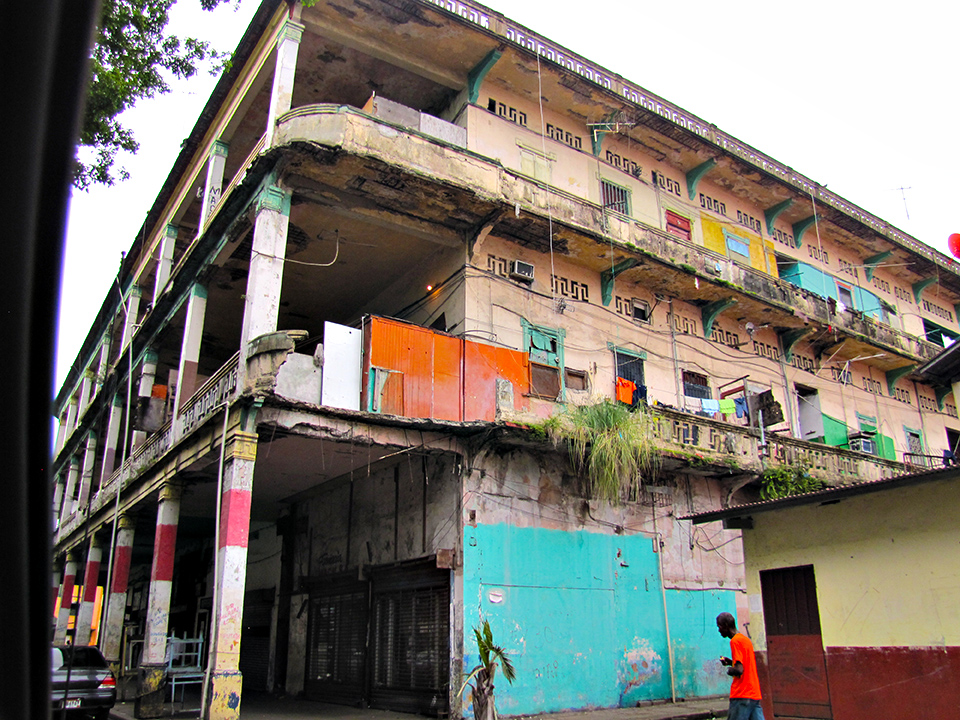
At the end of my sojourn in Panama, and Central America, my days were spent shuttling between a secure hotel and the dock where a shuttle vessel would ferry me out to the vessel that was being ecommissioned. Not much excitement I can tell you.
So on one weekend I hired a driver to take me down the coast to see the “real Panama”. So armed with my IPhone, logging in the EveryTrail it was off to Isle Grande. A couple of hours drive on a two lane road meandering through jungle like terrain and finally to the ferry dock for the ferry ride to the island.
The “ferry service” consisted of open small boats with outboard motors that ferried people from the mainland to the island.
Upon arrival onto the island, we jumped from the boat onto the shore and began walking along the shore.
There were no motor vehicles on the island.
The island is plays host to locals who visit the island for holidays and vacations.
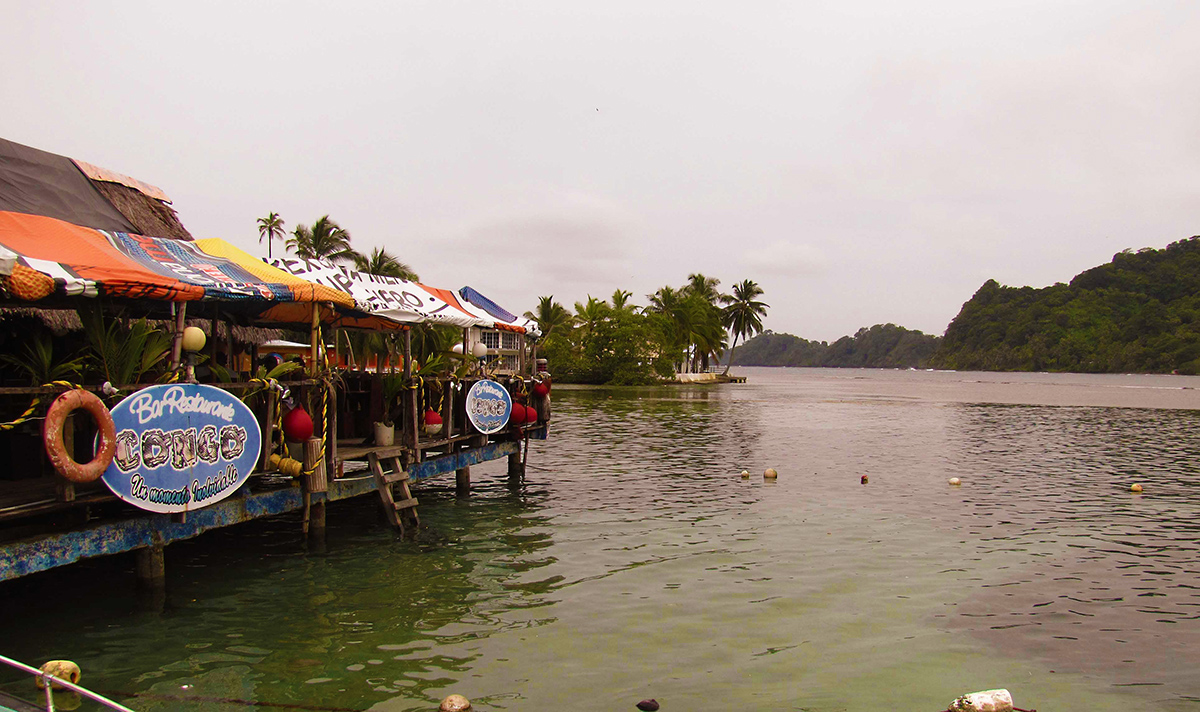 There are many hotels and restaurants scattered along the mainland side of the island as well as vacation homes.
There are many hotels and restaurants scattered along the mainland side of the island as well as vacation homes.
Our visit to the island was during “low tourist season” so we pretty much had the place to ourselves. We stopped at a water side restaurant (one of the the few that was open) for a lobster lunch. 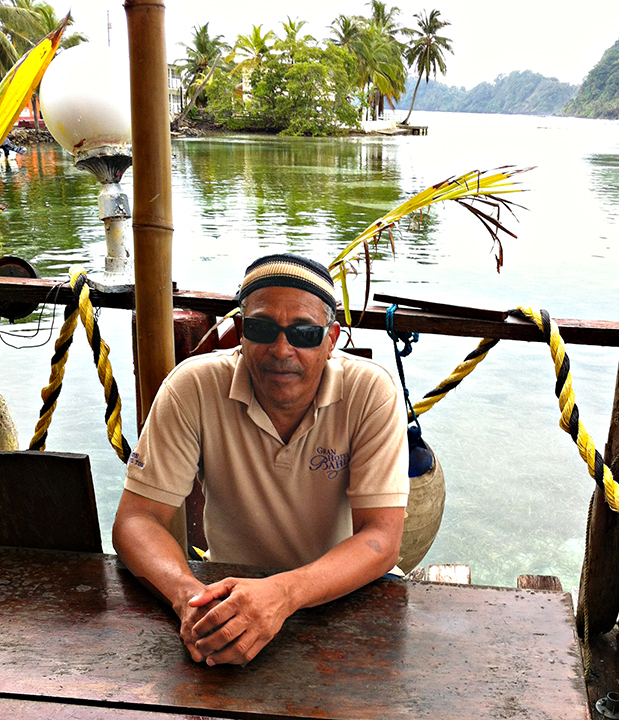
Unfortunately, my driver was fasting being a Muslim and it was during Ramadan so he did not partake in lunch. He did however, suggest we go to a fishing village where he wanted to purchase fish from the local fishermen.
So we bid farewell to the Isle Grande taking the “ferry” from the restaurant back along the waterfront to the mainland.
We meandered along the shoreside for what seemed to be forever finally reaching our destination.
The village was not a tourist spot and truly off the beaten path.
The driver went to a house to negotiate his fish purchase leaving me to meander the village streets and along the waterfront.
All in all it was a great day, interesting, informative and great to get away from Colon.
